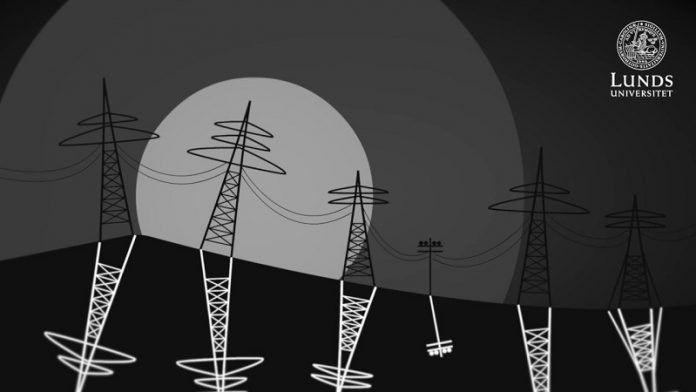
An international study led from Lund University in Sweden shows that 30 percent of the energy in a certain type of light-absorbing iron molecule disappears in a previously unknown manner.
By closing this loophole, the researchers hope to contribute to the development of more efficient solar cells using this iron-based solar cell.
The sun is an unlimited source of pure and renewable energy.
However, manufacturing the components in today’s silicon-based solar cell solutions requires a lot of energy, and many new solar celluse rare or toxic elements.
Researchers at Lund University have therefore started to develop alternative solar cell solutions based on iron.
As a part of this research, an international research team recently carried out a free electron laser experiment at Stanford in the US to investigate how light-absorbing iron molecules transfer electrons into a state from which the energy can be extracted.
“It was shown that in one-third of cases, the electron is not held in position long enough for us to extract the energy.
Instead the energy disappeared very rapidly over a previously unknown channel,” says Jens Uhlig, chemistry researcher at Lund University and leader of the study.
More studies at large scale facilities like Stanford or MAX IV in Lund will now be conducted with the aim to find methods for avoiding this energy loss.
“If we can find a way to extract energy from all the molecules, the efficiency of these iron-based solar cells or light activated catalysts would increase considerably,” says Jens Uhlig.
According to the research team, it is of the utmost importance that we find sustainable, scalable materials that can replace or complement today’s silicon-based solar cell solutions. Jens Uhlig is convinced that iron, which is a plentiful resource in the Earth’s crust, could be a solution to the problem.
“Through our discovery linked to these new iron-based solar cells, we hope to contribute important knowledge about how we are to meet the global energy challenge we are facing,” he concludes.



